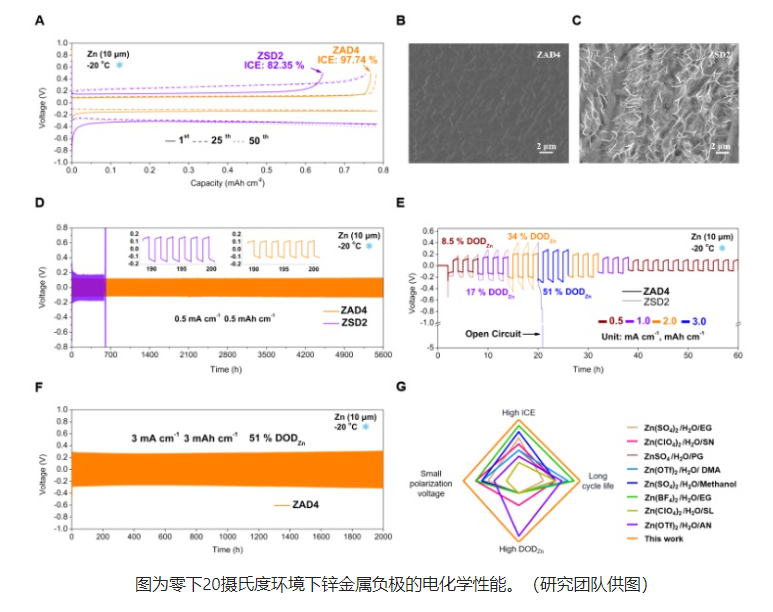Virginia Tech develops a better robotic jellyfish
Researchers at Virginia Tech have created a larger, improved version of their existing RoboJelly robotic jellyfish
Image Gallery (3 images)
Last year, a team of researchers from the Virginia Tech College of Engineering unveiled RoboJelly – a robotic jellyfish in development since 2009, that’s about the size of a man’s hand. While the squishy little robot is certainly an impressive feat of engineering, the same team has now created a bigger, better jellybot, known as Cyro.
The lion’s mane jellyfish served as the inspiration for the new robot – the monicker “Cyro” comes from that animal’s Latin name, cyanea capillata.
The neutrally-buoyant robot is five feet, seven inches (1.7 meters) wide, and weighs 170 pounds (77 kg)。 Its rigid inner support structure contains its electronic components, including its rechargeable nickel metal hydride battery. Attached to that structure are eight mechanical arms, each powered by its own direct current electric motor. Working with the surrounding exterior silicone body, the movements of those arms are able to successfully reproduce the swimming motion of the real jellyfish.
Cyro‘s inner structure, placed on top of a plastic crate
Cyro has been made bigger than RoboJelly not because it’s more impressive, but because it’s more practical. When used to autonomously monitor the marine environment, perform surveillance, map the ocean floor or perform other duties, a bigger robot could hold a larger payload of sensors and processors, go farther, and stay at sea longer – possibly weeks or even months at a time
The differences between the two robots don’t end with their size. While RoboJelly receives its power via a tether, Cyro is completely free-roaming. RoboJelly does incorporate an experimental system in which it’s able to power itself using hydrogen and oxygen extracted from the surrounding water, although there’s reportedly much more work to be done before that technology could be practically integrated into a sea-going robot.
Even Cyro itself isn’t likely to be heading off on any solo ocean voyages any time soon. In fact, a successor is already in the works. It’s hoped that the next robot will consume less power, swim more effectively, and generally be more similar to a real jellyfish. Some of the reasons that jellyfish were chosen as the “template” for the robots include the facts that the animals use very little energy when swimming, they exist in a variety of shapes and sizes, and they function in a wide range of marine and freshwater environments.
Both Cyro and RoboJelly are part of an ongoing project funded by the U.S. Naval Undersea Warfare Center and the Office of Naval Research, that also involves research being conducted at Providence College in Rhode Island, the University of California Los Angeles, the University of Texas at Dallas, and Stanford University. The Virginia Tech team is headed by Prof. Shashank Priya.
自动翻译仅供参考
弗吉尼亚理工大学研制出了更大更好的机器水母 Virginia技术开发出更好的机器人jellyfish
研究人员在弗吉尼亚理工大学创造了他们现有的RoboJelly机器人水母
图片廊(3图像)
去年,来自弗吉尼亚理工大学工程学院的一组研究人员揭开了机器人Jelely的面纱——机器人水母从2009开始发展,这是一个男人手的大小。虽然这台小型的机器人确实是一项令人叹为观止的工程成就,但同一个团队现在创造了一个更大更好的果冻机器人,即Cyro。
狮鬃水母担任灵感的新的机器人 - 的外号“西罗”的由来从动物的拉丁名,霞capillata
的中性浮力的机器人是五英尺7英寸(1.7米)宽,重170磅(77千克)。其刚性内支承结构包含其的电子元件,包括它的可再充电的镍金属氢化物电池。连接到该结构八个机械臂,每个搭载自己的直流电动机。与周围的外部硅胶体工作,这些武器的动作能够成功地再现真实水母的游泳运动。
西罗的内部结构,放置在塑料箱的顶部
西罗已大于RoboJelly不是因为它是更令人印象深刻,但因为它更实用。当用于自动监测海洋环境,执行侦察,绘制洋底或执行其他职责,一个更大的机器人可容纳传感器和处理器的更大的有效载荷,走的更远,并停留在海上长 - 可能数周甚至数月的时间
两个机器人之间的差异不与它们的大小结束。虽然RoboJelly通过绳索取电,西罗是完全自由漫游。 RoboJelly确实包含一个实验系统中,它能够使用氢和从周围的水中提取氧气本身供电,虽然有报道更多的工作要做之前,这种技术可以切实融入出海机器人。
即便西罗本身不太可能对任何单独的海洋将远赴航程任何时间很快。事实上,继任者已经在工程。它希望下一次机器人将消耗更少的功率,更有效地游泳,并且一般更类似于真正的水母。一些水母被评为“模板”用于机器人的原因包括对动物使用游泳时,它们中的各种形状和尺寸的存在非常少的能量的事实,它们在大范围的海洋和淡水的功能环境
双方西罗和RoboJelly是在普罗维登斯学院在罗得岛州,加州大学洛杉矶分校,正在开展由美国海军水下作战中心和海军研究,还涉及研究办公室资助的正在进行的项目的一部分德克萨斯大学达拉斯分校和斯坦福大学。弗吉尼亚理工大学团队由沙善普里亚教授
-
机器人
+关注
关注
211文章
28380浏览量
206916
发布评论请先 登录
相关推荐
都灵理工大学校长一行再访SPEA

大连理工大学EMBA走进研华科技
从新加坡到深圳:南洋理工大学(NTU)与VoiceAI的深度对话

OPPO与香港理工大学深化合作,升级联合创新研究中心
玻色量子与北京理工大学达成量子云计算合作
武汉理工大学在水系锌离子电池研究方面取得新进展

传音控股旗下TECNO与南洋理工大学ACRC达成战略合作
安徽理工大学校长袁亮院士走访调研达实智能
安徽理工大学选购我司热重分析仪及差示扫描量热仪

凯泽斯劳滕理工大学通过TS-AWG全新DDS固件选件加速量子计算机开发

华东理工大学选购我司差示扫描量热仪和导热系数测试仪

武汉芯源半导体与长春理工大学“CW32嵌入式创新实验室”揭牌
感谢浙江理工大学对我司导热系数测试仪认可

中山联合光电:精密光学实验室签约落地长春理工大学中山研究院





 弗吉尼亚理工大学研制出了更大更好的机器水母
弗吉尼亚理工大学研制出了更大更好的机器水母











评论